Introduction: Why Whole-House Repiping Is a Game-Changer
Few home improvement projects impact daily comfort and peace of mind like a whole-house repipe. Whether you’re dealing with persistent leaks, rusty water, low pressure, or failing galvanized pipes, the prospect of replacing all your plumbing lines can be daunting. Homeowners and property managers frequently ask: How much will it really cost? How long will it take? What unexpected challenges might come up? The answers are rarely simple—every home is different, and each project brings its own twists. But learning from real-world case studies is the best way to set realistic expectations and avoid the most costly pitfalls.
This deep-dive post explores three real-life repipe projects—ranging from mid-century homes to newer builds—in diverse regions of the U.S. We’ll break down costs, timelines, materials, permitting, and the lessons learned by both homeowners and contractors. Whether you’re planning a DIY repipe or hiring a licensed plumber, you’ll find actionable tips on budgeting, prepping your home, and ensuring a smooth, code-compliant upgrade. Let’s walk through what to expect, how to prepare, and how to avoid the most common repipe regrets.
Understanding Whole-House Repiping: What’s Involved?
When Is Repiping Necessary?
Repiping isn’t a minor repair—it’s a complete replacement of a home’s hot and cold water supply lines. Most repipe projects are triggered by:
- Recurring leaks in walls or under floors
- Visible corrosion, discoloration, or rust in water
- Low water pressure throughout the home
- Old galvanized steel, polybutylene, or failing copper pipes
- Major renovations or property sales requiring code upgrades
What’s Replaced?
Typical whole-house repiping includes:
- All accessible supply pipes (hot and cold)
- Shut-off valves and hose bibs
- Supply lines to fixtures (sinks, toilets, showers, appliances)
- Sometimes the main line from the meter to the house
Drain and waste lines are usually separate and not included unless they’re also failing.
Case Study 1: 1950s Ranch in the Midwest – Galvanized to PEX
Project Overview
- Home Size: 1,600 sq. ft., single story, unfinished basement
- Original Pipes: Galvanized steel (severe corrosion, multiple leaks)
- New Pipes: PEX-A with copper manifolds
- Occupants: Family of four (remained in home during project)
Timeline
- Prep & Permitting: 1 week (local permit required; submitted by contractor)
- Demolition & Access: 2 days (minimal drywall cutting in basement and utility room)
- Pipe Installation: 4 days (main runs, manifold installation)
- Fixture Connections: 2 days
- Inspection & Sign-off: 1 day (passed on first try)
- Drywall Repair: 3 days (separate contractor)
- Total Project Time: 2.5 weeks (with overlap)
Cost Breakdown
- Plumbing Labor & Materials: $8,200
- Permits & Inspections: $320
- Drywall & Paint Repairs: $1,150
- Total: $9,670
Challenges & Lessons Learned
- PEX allowed for fewer wall cuts and faster installation compared to rigid pipe.
- Basement access reduced labor—homes with finished basements or slab foundations require more demolition and repair.
- Water was off for only 6 hours at a time; contractor staggered shutoffs to allow evening use.
- Homeowner handled drywall painting to save costs.
Case Study 2: 1970s Two-Story in the Southwest – Copper to PEX Hybrid
Project Overview
- Home Size: 2,400 sq. ft., two stories, slab foundation
- Original Pipes: Copper (pinhole leaks; slab leaks detected)
- New Pipes: PEX-B for main runs, copper risers to fixtures
- Occupants: Couple (temporarily relocated for 3 days)
Timeline
- Prep & Permitting: 10 days (city permit, HOA approval)
- Demolition & Access: 4 days (ceiling cuts for second floor, extensive wall opening)
- Pipe Installation: 5 days
- Inspection: 2 days (partial re-inspection needed for one fixture connection)
- Drywall & Texture Repairs: 5 days
- Total Project Time: 3 weeks
Cost Breakdown
- Plumbing Labor & Materials: $17,800
- Permits & Inspections: $550
- Drywall & Texture: $3,400
- Total: $21,750
Challenges & Lessons Learned
- Slab foundation required all new pipes to be routed overhead—no access from below.
- Ceiling repairs added significant cost and time; matching 1970s texture required a specialist.
- Partial re-inspection delayed final sign-off; always double-check all fixture connections before inspection.
- HOA approval added a week—factor in association rules if you’re in a managed community.
Case Study 3: 2000s Tract Home in the Pacific Northwest – Polybutylene to PEX
Project Overview
- Home Size: 1,900 sq. ft., two stories, crawl space
- Original Pipes: Polybutylene (multiple leaks, class action warning)
- New Pipes: PEX-A, color coded, with new shut-offs throughout
- Occupants: Family of five (stayed in home; water off at night only)
Timeline
- Prep & Permitting: 1 week
- Crawl Space Access & Demolition: 1 day
- Pipe Installation: 3 days (two teams working simultaneously)
- Fixture Connections & Testing: 2 days
- Inspection: 1 day (passed)
- Drywall Repair: Minimal (patches only); DIY by homeowner
- Total Project Time: 1.5 weeks
Cost Breakdown
- Plumbing Labor & Materials: $7,200
- Permits & Inspections: $250
- Drywall Materials: $120
- Total: $7,570
Challenges & Lessons Learned
- Polybutylene pipes required full replacement for insurance compliance.
- Crawl space access allowed for quick main line runs but required dust and insulation precautions.
- DIY drywall and painting saved $1,000+ but increased homeowner workload.
- Color-coding PEX simplified future repairs and inspections.
- Water shutoffs were scheduled overnight to minimize family disruption.
Key Factors That Influence Repipe Costs and Timelines
1. Pipe Material Choices
- PEX: Flexible, requires fewer joints, less wall cutting; fastest and most cost-effective for most homes.
- Copper: Durable, preferred in some regions, but pricier and more labor-intensive.
- CPVC: Budget-friendly, but less common for whole-house repipes due to code and longevity concerns.
2. Home Layout & Access
- Basements and crawl spaces make repiping easier and less invasive.
- Slab foundations and multi-story homes increase the need for ceiling and wall access.
- Historic homes may require special routing or code upgrades.
3. Demolition & Repairs
- Drywall, plaster, and ceiling repairs can add 10–30% to project costs.
- Wallpaper, tile, and specialty finishes increase complexity.
- Plan for professional repairs—DIY saves money but requires skill and time.
4. Permitting & Inspections
- Most municipalities require permits and one or more inspections for whole-house repipes.
- Inspection delays are common; plan for at least one re-inspection.
- HOA or historical district approvals may be needed.
5. Occupancy and Scheduling
- Remaining in the home is possible, but expect water shutdowns and dust.
- Larger families or homes with only one bathroom may prefer to relocate during the most disruptive days.
- Plan for pet care, kitchen use, and bathing alternatives during the project.
Budgeting for Your Repipe: What to Expect
National Cost Ranges (2024)
- Small single-story home: $6,500 – $10,000
- Mid-sized two-story: $12,000 – $22,000
- Larger or complex homes: $20,000 – $40,000+
Get three written estimates, and ask for a line-item breakdown of labor, materials, permits, and wall/ceiling repairs. Factor in at least 10% contingency for surprises.
Tips for Saving Money
- Ask if you can do some demolition or drywall repairs yourself.
- Choose PEX if allowed by code; it’s typically 20–30% less expensive than copper.
- Schedule during off-peak seasons (late winter or early summer) for potential discounts.
- Verify that your contractor pulls all required permits—illegal work can void insurance and resale value.
Prepping Your Home for a Smooth Repipe
Before Work Starts
- Clear access to all plumbing fixtures, including under sinks and in utility rooms.
- Remove valuables and cover furniture in work areas.
- Discuss daily schedules and water shutdown times with your contractor.
- Plan for pets—loud noises and open wall cavities can be stressful or hazardous.
- Ask for a written schedule of when each area will be worked on and restored.
During the Project
- Expect dust, debris, and temporary inconvenience—especially in kitchens and bathrooms.
- Check fixture connections and shut-off valve locations before drywall is closed.
- Confirm that pipes are properly insulated in attics, crawl spaces, or exterior walls.
- Take photos of new pipe layout for future reference.
Lessons from the Field: Pro Tips for a Successful Repipe
- Always get a detailed, written contract that includes all steps—demolition, piping, reconnection, repairs.
- Hire licensed, insured plumbers; check reviews and request references for similar projects.
- Ask for or schedule a pre-inspection walkthrough with your city inspector to clarify code issues.
- Request color-coded PEX or clearly labeled pipes for easy future repairs and inspections.
- Document every stage with photos—helpful for insurance, resale, and future maintenance.
- Don’t skip pressure testing before walls are closed; leaks discovered later are far more costly.
- Budget extra time for wall/ceiling repairs—and be realistic about matching textures or finishes.
- Communicate daily with your contractor about what’s completed and what’s next.
Conclusion: What to Take Away from Real-World Repipe Projects
A whole-house repipe is a major investment, but the rewards—improved water quality, higher home value, and peace of mind—are significant. As these case studies show, costs and timelines vary widely based on your home’s age, layout, and the materials you choose. Expect a minimum of one to three weeks of disruption, and plan for additional time if your home has special access issues or high-end finishes. Don’t underestimate the importance of permits, inspections, and professional repairs. Skimping on any of these can lead to failed inspections, water damage, or insurance headaches down the road.
Whether you’re hiring the job out or tackling part of it yourself, being prepared is your best defense against cost overruns and project delays. Gather multiple bids, ask tough questions, and make sure every step—from demolition to final inspection—is clearly spelled out. If possible, talk to neighbors or local real estate agents who’ve been through similar projects. Their firsthand perspective is invaluable.
Finally, remember that repiping is a one-time project for most homeowners. Do it right, and you’ll enjoy decades of worry-free plumbing. Armed with the lessons from real-life case studies, you can approach your repipe with confidence, clarity, and control over your budget and timeline.
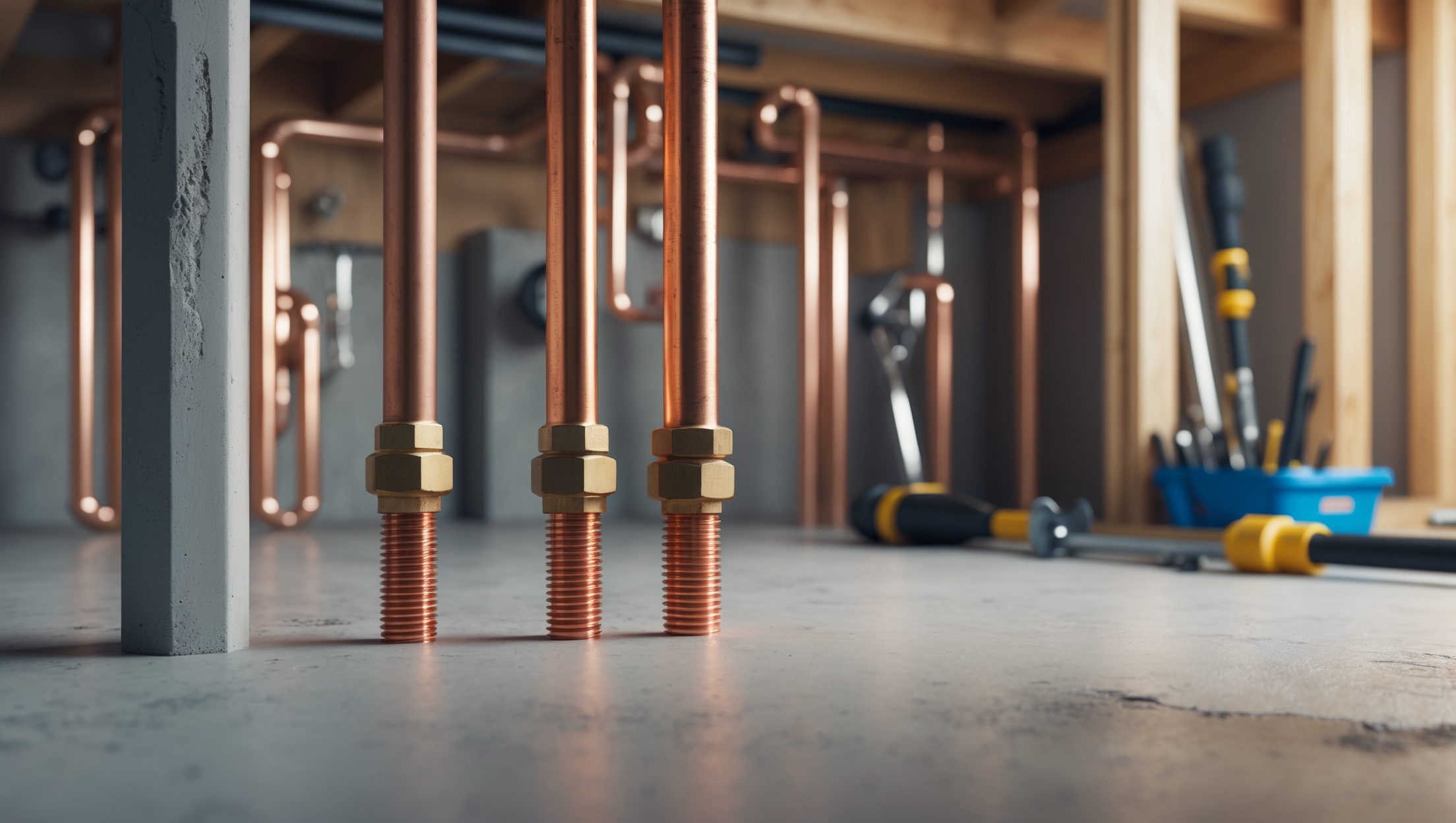

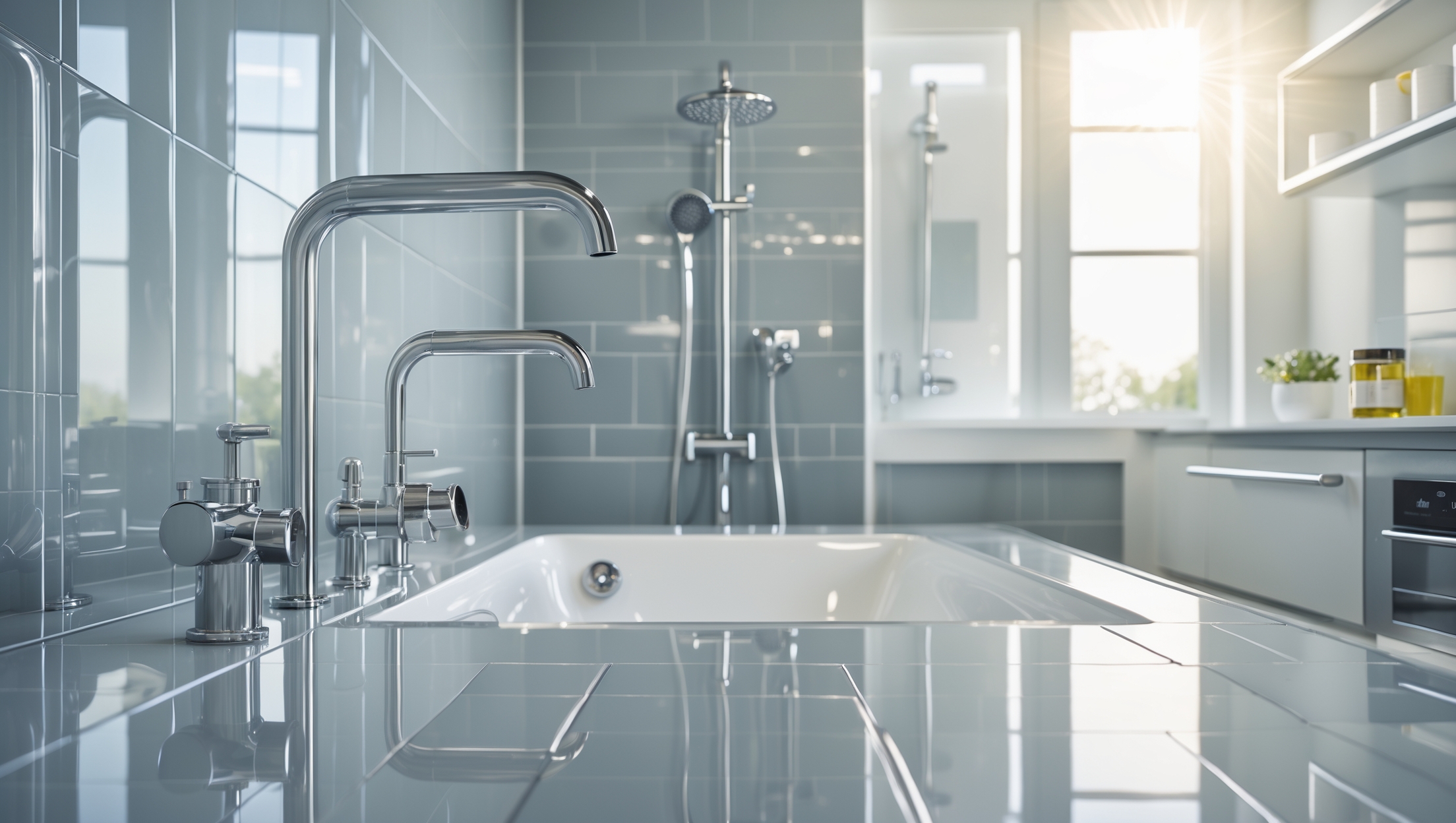

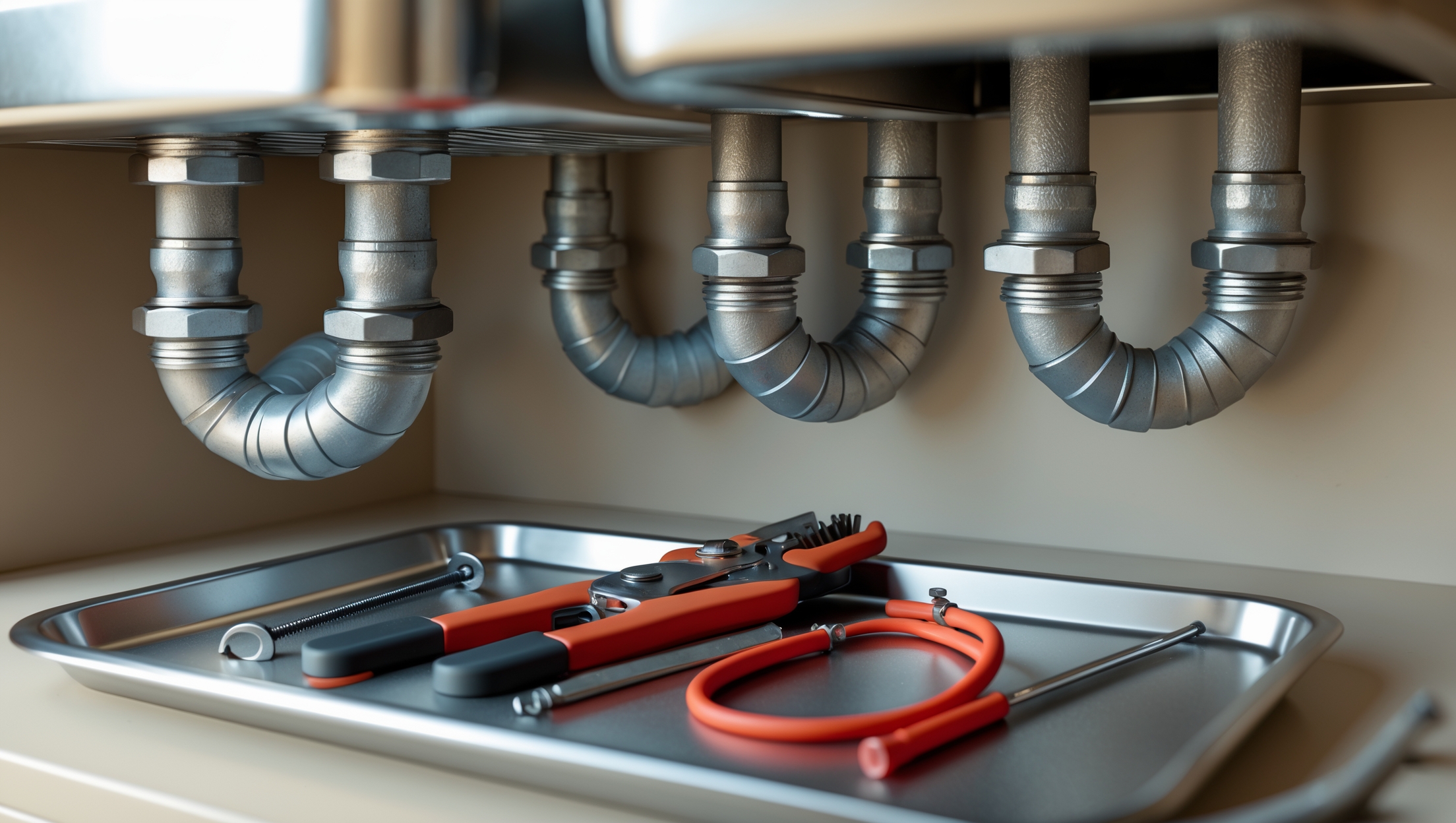
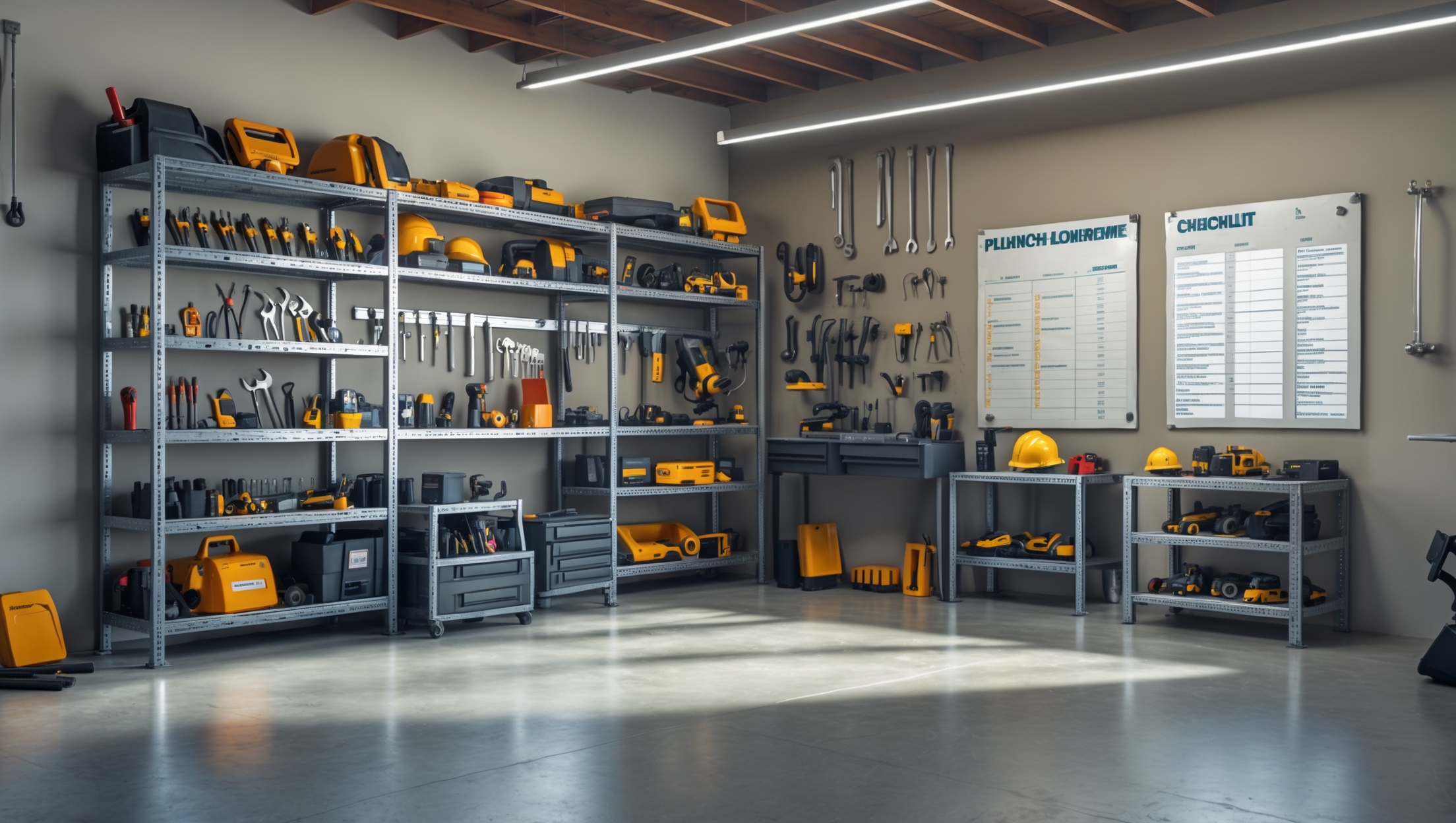


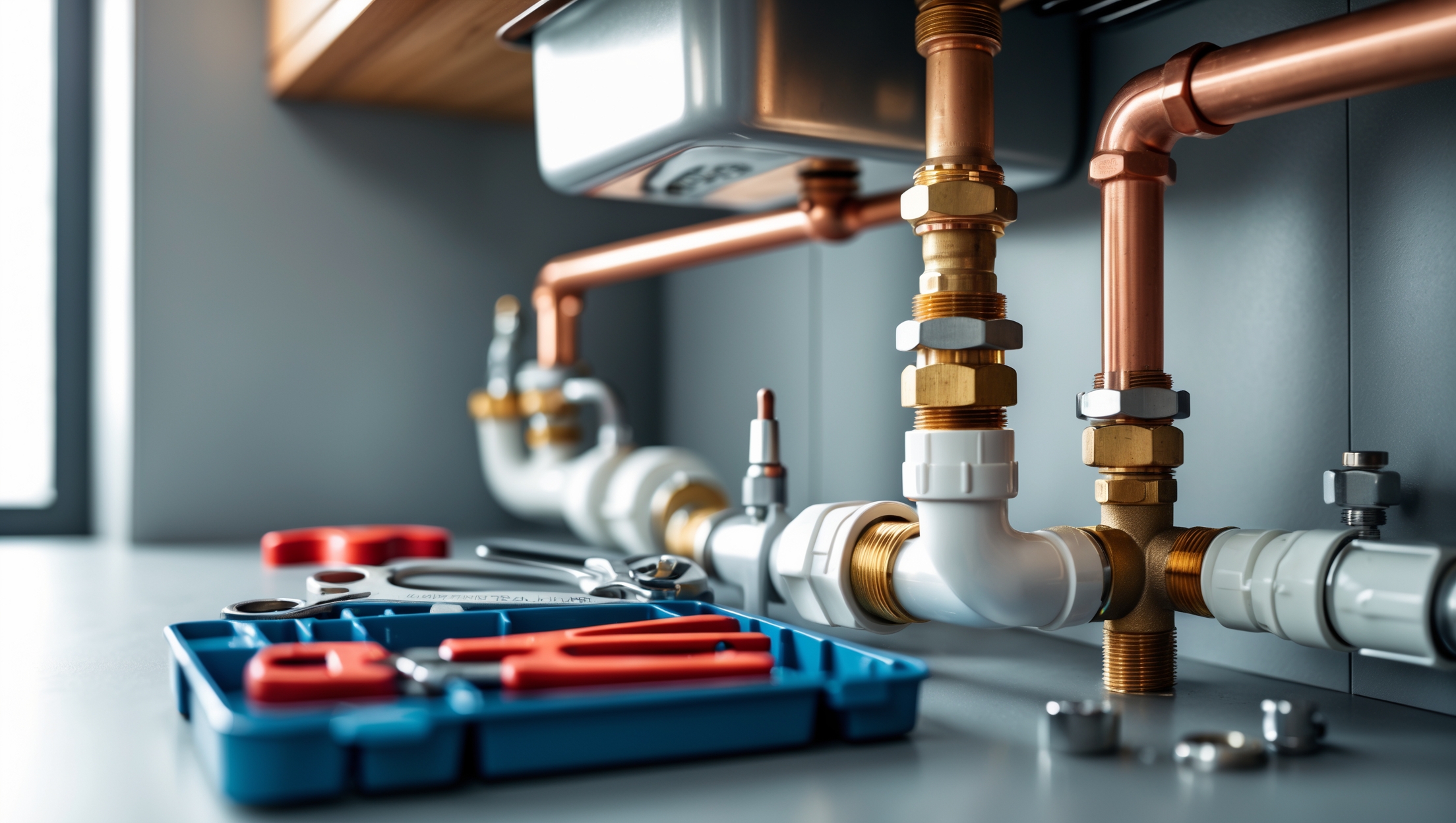
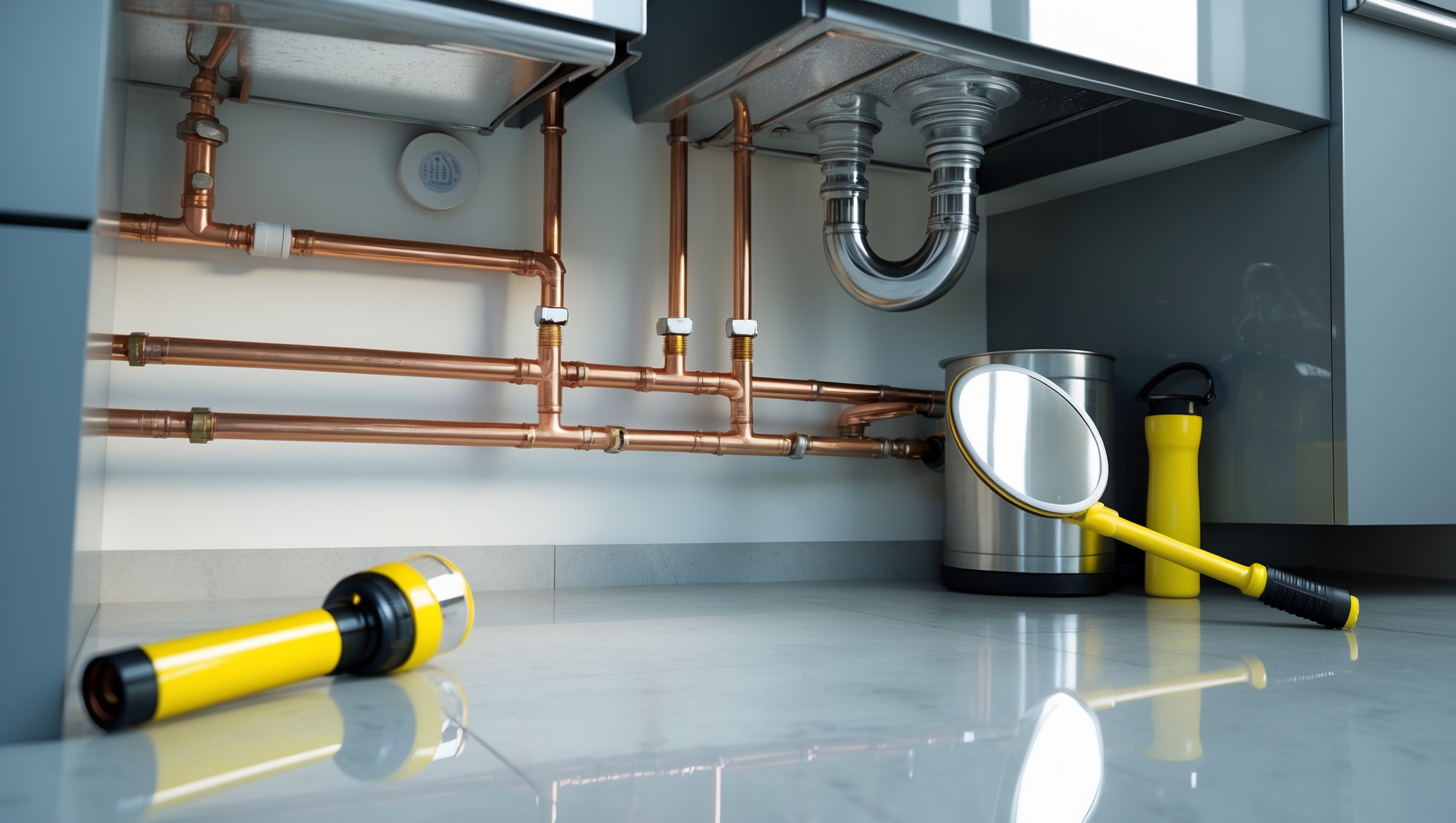
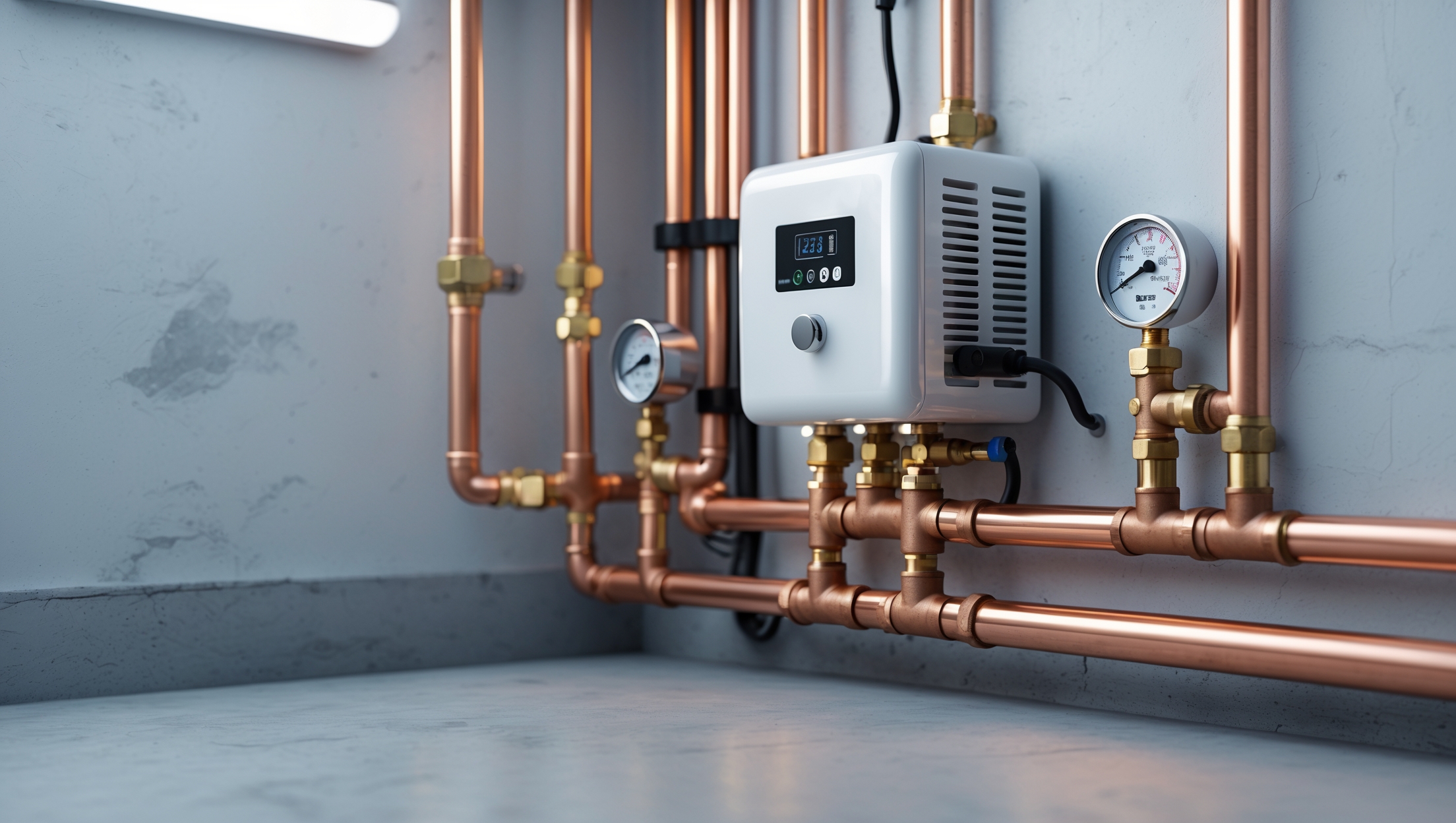
Aaron Brown
Could you elaborate on how homeowners should budget for unexpected costs during a repipe? For example, are there common hidden expenses that tend to catch people off guard even after reading through case studies?